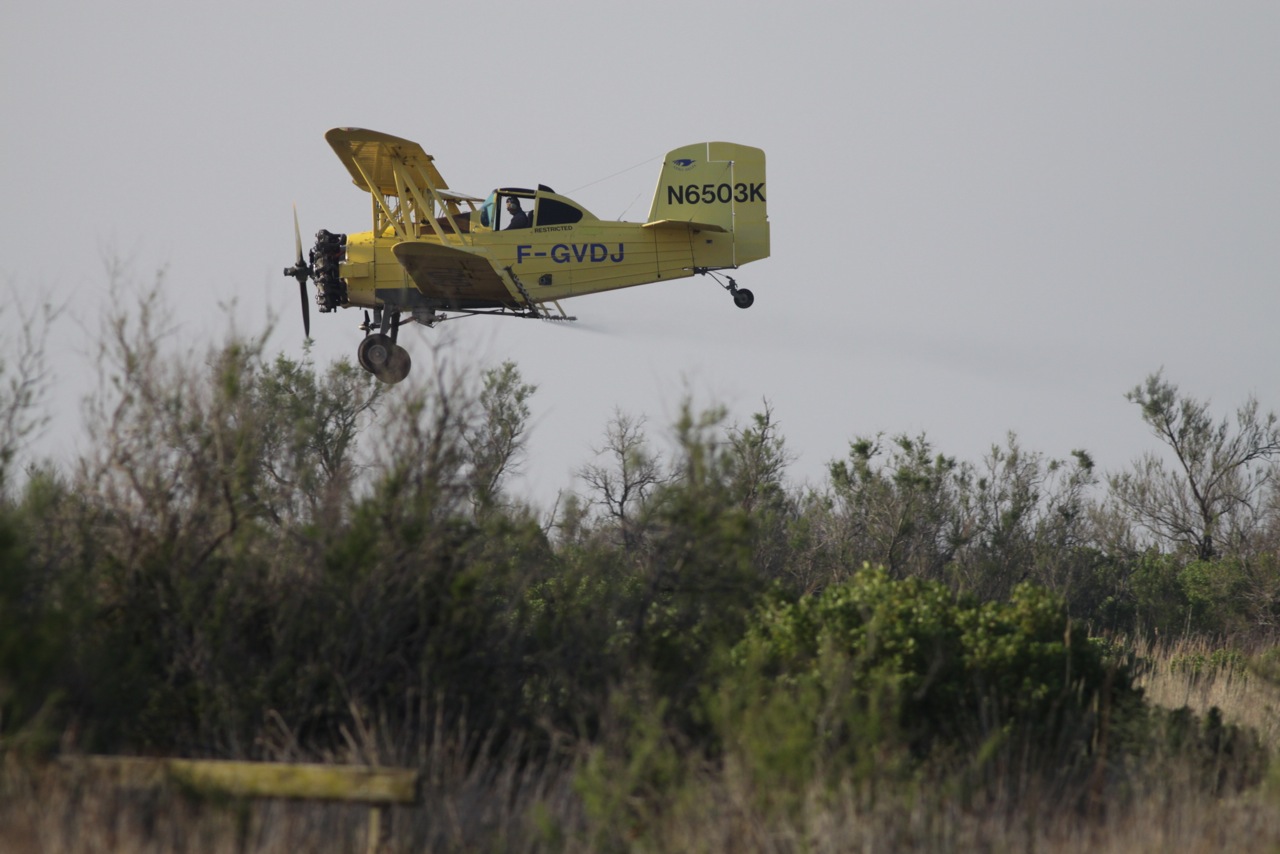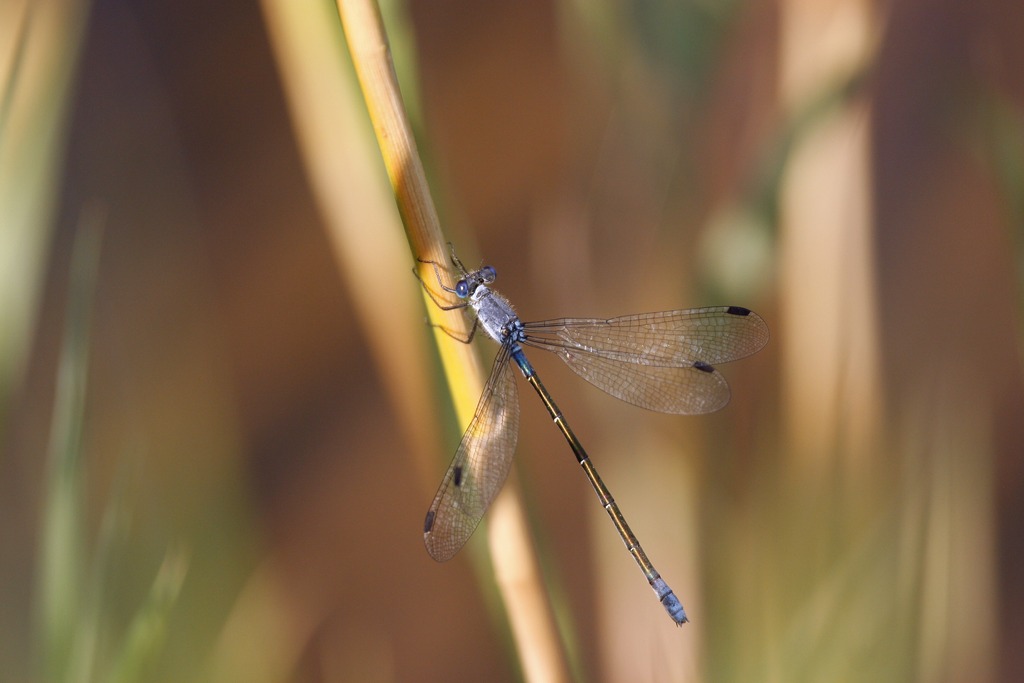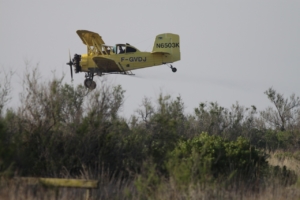 Commissioned by the Parc naturel régional de Camargue (PNRC) at the head of a consortium of expert organisations, in 2012 the Tour du Valat was highly involved in continuing the monitoring on the effects of BTI mosquito control in the Camargue. The results, presented to the Scientific Councils of the PNRC and the Conservatoire du littoral (coastal protection agency) in January 2013, show a net accentuation of trends that have already been observed for several years.
Commissioned by the Parc naturel régional de Camargue (PNRC) at the head of a consortium of expert organisations, in 2012 the Tour du Valat was highly involved in continuing the monitoring on the effects of BTI mosquito control in the Camargue. The results, presented to the Scientific Councils of the PNRC and the Conservatoire du littoral (coastal protection agency) in January 2013, show a net accentuation of trends that have already been observed for several years.
BTI, a bio-insecticide used experimentally in the Camargue since 2006
Since its selective toxicity to mosquito larvae was discovered in 1976, the bacterium BTI (Bacillus thuringiensis isralensis), has become the principal means of insect pest control worldwide. In 2006, the popularity of BTI led to the implementation of an experimental mosquito control programme in the Camargue. The first studies, carried out by the Tour du Valat during the period 2006 – 2011, showed considerable negative effects on non-target fauna: the breeding success of house martins fell by 33%, and the food resources of vulnerable reedbed passerines were reduced by 38%. In this context, in 2012 the scientific and ethics council of the PNRC decided to continue the scientific monitoring of BTI utilisation in the Camargue, on an annual basis, with additional recommendations regarding operating procedures and the areas concerned.
A marked accentuation of already-observed ecological effects in 2012

Dark emerald damselfly or Dark spreadwing (Lestes macrostigma), a damselfly that is extremely rare in France, but found at some sites in the Camargue
Presented in late January 2013, the results of the scientific monitoring on eight research projects conducted in 2012 by the Tour du Valat in partnership with Libelo, the management of the Domaine de la Palissade, and the Universities of Aix-Marseille and J. Fourier Grenoble, confirm the trends observed in previous years, or even reveal new ones. There are considerable effects on the abundance of chironomids (insects related to mosquitos) and dragonflies. The negative impact on birds due to a modification of their diet was also confirmed (particularly for house martins), even at sites that were not sprayed in 2012, raising questions concerning the persistence of BTI in ecosystems. Monthly counts of waterbirds (notably duck and coot) over the period 2000-2011 showed declines in seven species that were not observed in natural areas not treated with BTI. Greater flamingos also suffer from the disturbance caused by BTI spraying practices (aerial application using light aircraft), which also impact certain human activities, especially tourism and horse breeding. Nevertheless, the sociological surveys carried out in the treated zones during 2012 showed a very strong desire of the local population to continue the utilisation of BTI (84% in favour), despite these proven ecological impacts.
The need to find alternatives for the Camargue
In January 2013, in the light of of this confirmation of significant disturbances to Camargue ecosystems caused by the utilisation of BTI, despite its more selective action compared to chemical methods, the scientific and ethics council of the PNRC confirmed the need to maintain BTI application at an experimental level, and to continue monitoring in order to further develop the results obtained, and also for further concertation with local populations so as to better take into account their constraints. Above all, managers clearly advocated the need to seek alternative solutions to BTI applications, such as CO2 mosquito traps.
Contact:
Brigitte Poulin, Leader of the Ecosystems Programme,Tour du Valat
[email protected] [1]
